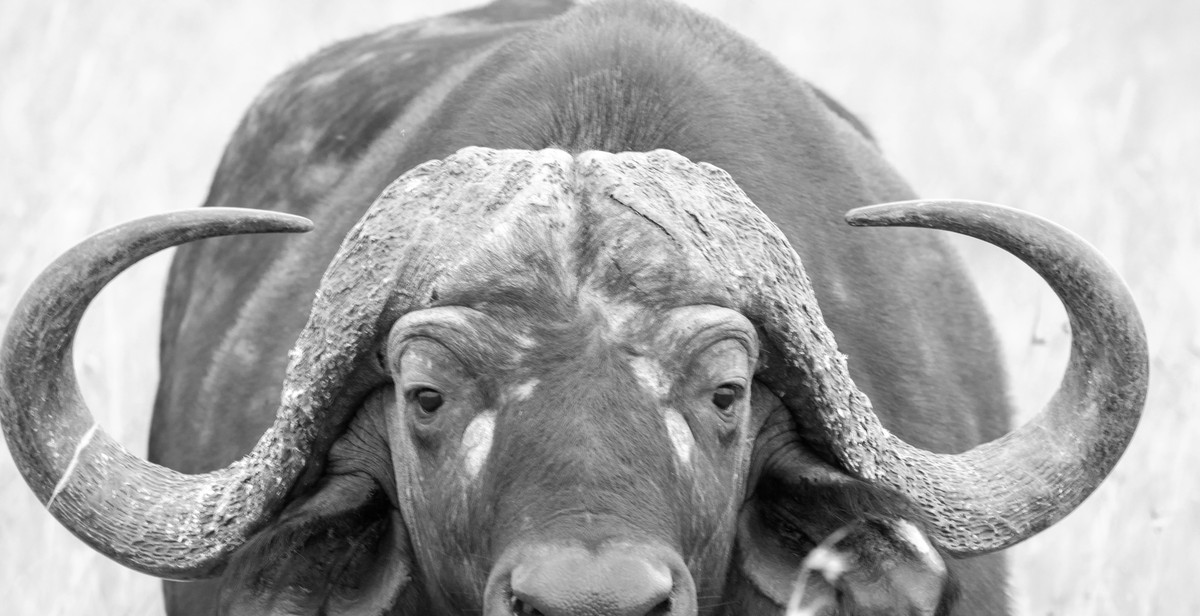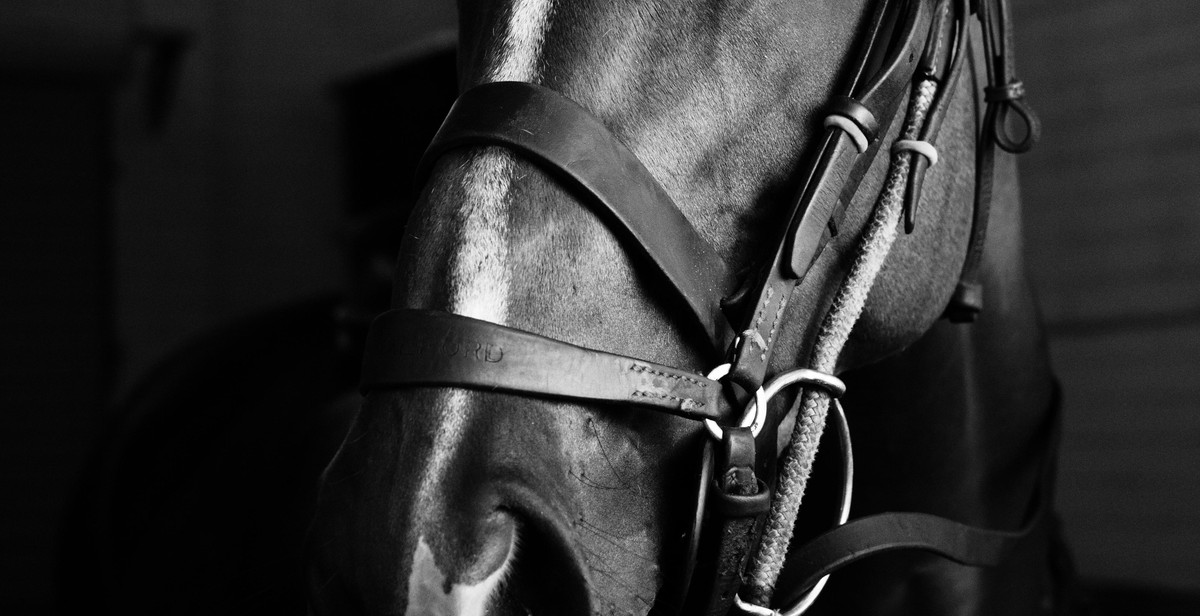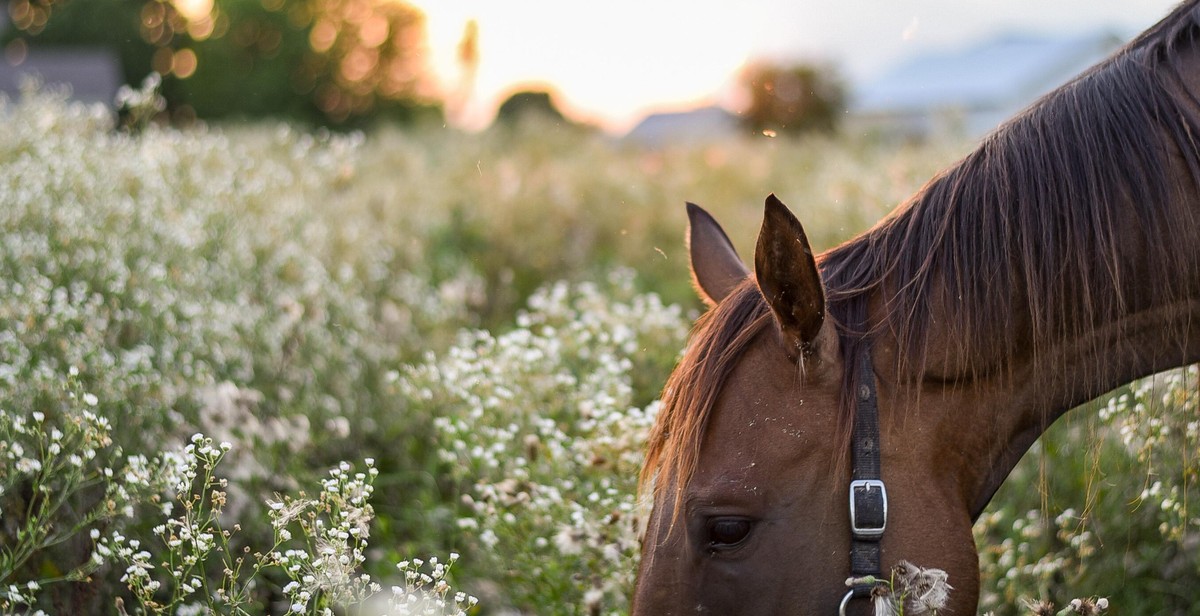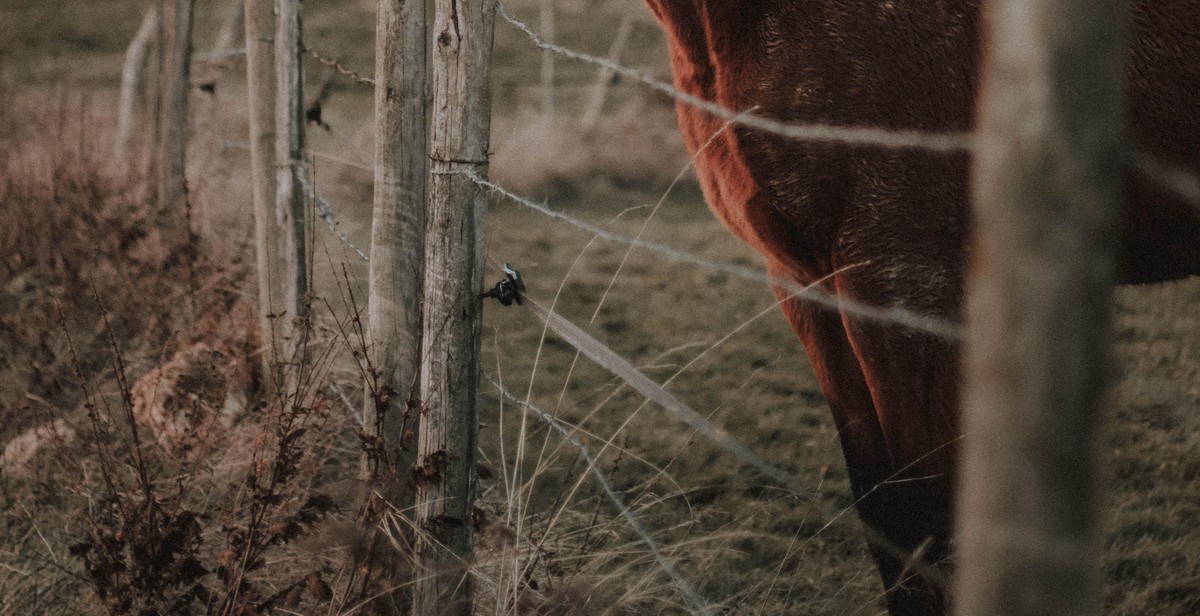How to Start a Buffalo Ranch: Steps to Establishing a Successful Buffalo Breeding Operation
Starting a buffalo ranch can be an exciting and profitable venture, but it requires a lot of hard work, dedication, and knowledge. As a professional article writer and content creator, I have helped many clients in the agriculture industry establish successful buffalo breeding operations. In this article, I will share my personal experience and expertise on how to start a buffalo ranch.
Why Start a Buffalo Ranch?
Buffalo, also known as bison, are large, majestic animals that have been an important part of North American culture and history. They are also a great source of meat, which is leaner and healthier than beef. The demand for bison meat has been growing steadily in recent years, making it a lucrative industry to get into.
Steps to Establishing a Successful Buffalo Breeding Operation
- Research and Planning
- Acquiring Land and Facilities
- Purchasing and Raising Bison
- Marketing and Selling Bison Products
Each of these steps requires careful consideration and attention to detail. By following these steps and utilizing my personal experience and expertise, you can establish a successful buffalo breeding operation and reap the rewards of this exciting and profitable industry.

Step 1: Research and Planning
Starting a buffalo ranch can be a profitable venture, but it requires careful research and planning. Before investing your time and money, it is essential to determine the market demand for buffalo meat and products in your area.
Research the Market Demand
Researching the market demand for buffalo products will help you determine if there is a viable market for your business. You can start by analyzing the local and regional demand for buffalo meat, hides, and other products. You can also conduct surveys or focus groups to get feedback from potential customers.
It is also important to research the competition in your area. Identify other buffalo ranches and businesses that offer similar products and services. Analyze their strengths and weaknesses, and find ways to differentiate your business from theirs.
Create a Business Plan
Once you have determined the market demand for buffalo products, it is time to create a business plan. A business plan will help you define your goals, strategies, and financial projections. It should include:
- A description of your business and its products
- A market analysis and competitive landscape
- A marketing and sales strategy
- A management and organizational structure
- A financial plan, including startup costs and revenue projections
Your business plan will serve as a roadmap for your buffalo ranch. It will help you make informed decisions and stay on track as you build and grow your business.
| Section | Description |
|---|---|
| Executive Summary | An overview of your business and its objectives |
| Company Description | A detailed description of your business, products, and services |
| Market Analysis | An analysis of the market demand and competition |
| Marketing and Sales Strategy | A plan for promoting and selling your products and services |
| Management and Organization | A description of the management and organizational structure of your business |
| Financial Plan | A projection of the startup costs, revenue, and profitability of your business |

Step 2: Acquire Land and Facilities
Starting a buffalo ranch requires a lot of planning and preparation, and one of the most crucial steps is to acquire the right land and facilities. When choosing a location, there are several factors to consider, including climate, water availability, and vegetation. The ideal location for a buffalo ranch is an area with abundant grasslands, a moderate climate, and access to clean water sources.
Choose the Right Location
The location you choose will have a significant impact on the success of your buffalo ranch. The right location will provide the right environment to support the health and well-being of your herd. The land should be large enough to accommodate the herd’s grazing needs, and the soil should be rich in nutrients to support the growth of healthy vegetation. Additionally, the area should be free from pollutants, such as industrial waste or pesticides, that could harm the buffalo or their habitat.
Build the Necessary Facilities
Once you’ve chosen the right location for your buffalo ranch, the next step is to build the necessary facilities. This includes building a barn or shelter to protect the buffalo from extreme weather conditions, such as heat, cold, and rain. You’ll also need to construct fencing to contain the herd and prevent them from wandering off. The fencing should be strong and secure enough to keep predators out and prevent the buffalo from escaping.
Other facilities you’ll need to build include a feeding area, a watering station, and a handling facility. The feeding area should be large enough to accommodate the herd’s feeding needs, and the watering station should provide clean, fresh water to the buffalo at all times. The handling facility should be designed to safely and efficiently handle the buffalo during routine tasks, such as vaccinations and health checks.
Acquiring the right land and facilities is a critical step in starting a successful buffalo ranch. By choosing the right location and building the necessary facilities, you’ll be able to create a healthy and thriving environment for your herd.

Step 3: Purchase Buffalo
Once you have a suitable land and facilities for your buffalo ranch, the next step is to purchase the buffalo. You can either buy them from existing buffalo breeders or attend buffalo auctions to purchase them. When purchasing buffalo, it is important to consider factors such as breed, age, sex, and health status.
Breed
There are different breeds of buffalo available, each with its own unique characteristics and advantages. Some of the popular buffalo breeds include:
- American Bison
- Wood Bison
- European Bison
- Cape Buffalo
It is important to research and choose the breed that best suits your ranch’s needs and goals.
Age and Sex
When purchasing buffalo, you can choose from calves, yearlings, or mature adults. It is also important to consider the sex of the buffalo you want to purchase. Bulls are typically larger and more aggressive than cows, while cows are essential for breeding.
Health Status
It is important to purchase healthy buffalo to ensure the success of your ranch. Look for buffalo that are up to date on vaccinations and have been tested for diseases such as tuberculosis and brucellosis. Inspect the buffalo for any signs of illness or injury before purchasing.
| Considerations When Purchasing Buffalo | |
|---|---|
| Breed | Choose the breed that best suits your ranch’s needs and goals. |
| Age and Sex | Consider the age and sex of the buffalo you want to purchase. |
| Health Status | Look for healthy buffalo that are up to date on vaccinations and have been tested for diseases. |
When purchasing buffalo, it is important to choose a reputable breeder or auction to ensure the quality of the animals. Consider hiring a veterinarian to inspect the buffalo before purchasing to ensure their health and well-being.

Step 4: Establish a Breeding Program
Establishing a successful buffalo breeding operation requires careful planning and selection of the right breeding stock. Here are some key steps to help you develop a breeding program:
Choose the Right Breeding Stock
The first step in establishing a breeding program is to choose the right breeding stock. When selecting buffalo for breeding, it is important to consider their genetics, health, and temperament. Look for animals that are healthy, have good conformation, and are free from genetic defects. It is also important to choose animals with a good temperament, as this can impact their ability to reproduce and interact with other buffalo in the herd.
Consider working with a veterinarian or experienced buffalo breeder to help you choose the right breeding stock. They can help you evaluate potential breeding animals and provide guidance on selecting animals with desirable traits.
Develop a Breeding Plan
Once you have selected your breeding stock, the next step is to develop a breeding plan. This should include a schedule for breeding, as well as a plan for managing the herd during the breeding season. Consider factors such as the age of the animals, their reproductive history, and the size of the herd when developing your plan.
You may also want to consider using artificial insemination to improve your breeding program. This can help you introduce desirable genetics into your herd and improve the overall quality of your animals.
- Choose the right breeding stock based on genetics, health, and temperament
- Work with a veterinarian or experienced breeder to evaluate potential breeding animals
- Develop a breeding plan that includes a schedule for breeding and management of the herd
- Consider using artificial insemination to improve your breeding program

Step 5: Care and Maintenance of Buffalo
Feeding and nutrition are crucial for maintaining the health and wellness of your buffalo. It is important to provide them with a well-balanced diet that meets their nutritional needs. Here are some guidelines to follow:
Feeding
- Provide your buffalo with high-quality hay, such as alfalfa or timothy, to ensure they receive enough fiber in their diet.
- Supplement their hay with protein-rich grains, such as corn or soybeans.
- Ensure they have access to fresh, clean water at all times.
- Feed them small amounts of food at regular intervals throughout the day to prevent overeating and digestive issues.
Nutrition
- Consult with a veterinarian or nutritionist to develop a feeding program tailored to the specific needs of your buffalo.
- Monitor their body condition and adjust their diet accordingly.
- Provide them with mineral supplements to ensure they receive essential nutrients, such as calcium and phosphorus.
- Avoid feeding them moldy or spoiled food, as it can cause health problems.
Health and Wellness
Regular health checks and preventative care are essential for maintaining the well-being of your buffalo. Here are some tips:
- Work with a veterinarian who specializes in large animals to develop a health care plan.
- Vaccinate your buffalo against common diseases, such as anthrax and brucellosis.
- Monitor their behavior and symptoms to catch any health issues early.
- Provide them with a clean and comfortable living environment to prevent stress and disease.
| Feeding and Nutrition | Health and Wellness |
|---|---|
| Provide high-quality hay Supplement with protein-rich grains Small amounts of food at regular intervals Consult with a veterinarian or nutritionist |
Regular health checks Vaccinations Monitor behavior and symptoms Clean and comfortable living environment |

Step 6: Marketing and Sales
Once you have established your buffalo breeding operation, it is time to focus on marketing and sales. A well-planned marketing strategy will help you identify potential buyers and reach out to them effectively. Here are some tips to help you develop a marketing plan:
Develop a Marketing Plan
Start by identifying your target market. Who are the potential buyers for your buffalo products? Are you targeting individual consumers or businesses such as restaurants and specialty food stores? Once you have identified your target market, you can develop a marketing plan that addresses their needs and interests.
Your marketing plan should include:
- A description of your products and services
- Your unique selling proposition (what sets you apart from competitors)
- Your pricing strategy
- The channels you will use to reach your target market (e.g. social media, email marketing, trade shows)
- Your sales goals and how you will measure success
Identify Potential Buyers
Once you have developed your marketing plan, it’s time to reach out to potential buyers. Start by networking with other buffalo ranchers and industry professionals. Attend trade shows and conferences, and join industry associations to connect with potential buyers.
You can also reach out to individual consumers through social media and email marketing. Consider offering discounts or promotions to first-time buyers to encourage them to try your products. And don’t forget to collect customer feedback to continually improve your products and marketing efforts.
| Tip: | Consider partnering with local restaurants and specialty food stores to sell your buffalo products. This can help you reach a wider audience and build relationships with potential buyers. |
|---|

Conclusion
Starting a buffalo ranch is a challenging yet rewarding venture. With the right knowledge and preparation, you can establish a successful buffalo breeding operation that will provide you with a sustainable source of income for years to come.
Key Takeaways
- Research and planning are crucial to starting a buffalo ranch.
- Choose the right location and obtain the necessary permits and licenses.
- Invest in high-quality fencing and facilities to ensure the safety and well-being of your buffalo.
- Focus on breeding healthy and genetically diverse buffalo to establish a strong herd.
- Develop a marketing strategy to sell your buffalo and their byproducts.
Continued Learning
If you’re interested in starting a buffalo ranch, there’s always more to learn. Consider attending workshops or conferences on buffalo breeding and ranching, or reach out to experienced buffalo ranchers for advice and mentorship. By continuously expanding your knowledge and skills, you can ensure the long-term success of your buffalo ranch.
| Organization | Website |
|---|---|
| North American Bison Cooperative | https://www.bisoncentral.com/ |
| American Bison Association | https://bisoncentral.com/ |
| Intertribal Buffalo Council | https://www.intertribalbuffalo.org/ |
Starting a buffalo ranch can be a challenging yet fulfilling endeavor. By following the steps outlined in this article and continuously learning and growing, you can establish a successful buffalo breeding operation that will provide you with a sustainable source of income and a deep connection to these majestic animals.
